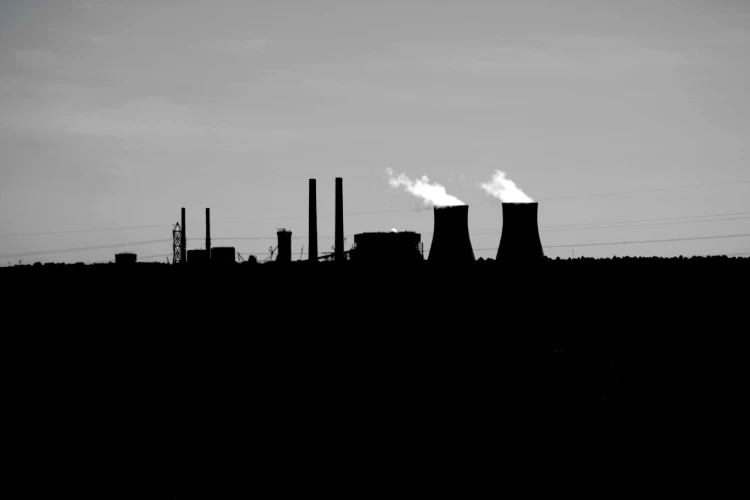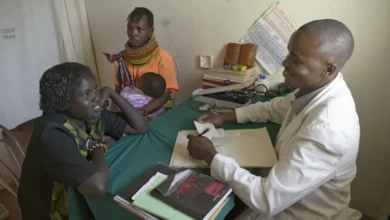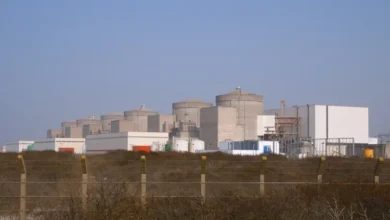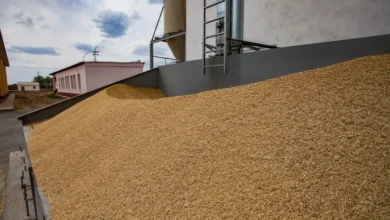
China and Russia Plan Nuclear Power Station on the Moon
Lunar Power Plan by China and Russia Signals New Space Race Era Against a Slowing NASA Artemis
In a bold show of technological ambition, China and Russia have confirmed their plans to construct a nuclear power plant on the Moon by 2036. The reactor will provide energy to the International Lunar Research Station (ILRS), a joint effort between the two countries that seeks to establish a long-term presence at the Moon’s south pole.
A Strategic Power Shift in the Space Race

The announcement, supported by a recent memorandum of cooperation, follows China’s strategic plans to land astronauts on the Moon by 2030 and conduct the Chang’e-8 mission in 2028.
This mission will serve as a precursor for lunar construction, integrating solar arrays, power cables, and possibly the initial infrastructure for the nuclear plant. Russia’s contribution—expertise in nuclear space technology—gives the project a distinct advantage.
“Russia leads in space-based nuclear energy,” noted Wu Weiren, chief designer of China’s lunar exploration program.
Unlike past discussions that fizzled out, both sides now appear to be aligned on timelines and scope. The ILRS project, proposed well before Russia’s invasion of Ukraine, has only gained momentum as Western sanctions push Roscosmos toward deeper collaboration with China.
While NASA faces budgetary pressures that may delay its own lunar goals, China and Russia are accelerating theirs. With the Artemis program aiming for a 2027 crewed mission and a Gateway lunar station possibly getting defunded, the Sino-Russian partnership could seize the opportunity to fill the leadership vacuum.
The ILRS roadmap is ambitious. After five super heavy-lift launches between 2030 and 2035 to assemble the station’s core modules, additional infrastructure will connect the base to orbital and surface stations across the Moon. These components include high-speed communication networks, lunar rovers, and future extensions to support Mars missions.
Russia and China envision an autonomous construction phase for the nuclear plant, potentially avoiding the risks and costs of sending humans. This would mark a new chapter in robotics-led infrastructure building, one that could set standards for future interplanetary settlements.
New Partnerships, New Technology, and Global Implications
Beyond geopolitical symbolism, the ILRS project is becoming a magnet for global participation. Seventeen countries have already expressed interest in the initiative, including Egypt, Venezuela, Pakistan, and Thailand—nations not traditionally seen at the forefront of space exploration.
To formalize this outreach, China announced the “555 Project,” aiming to involve 50 countries, 500 scientific institutions, and 5,000 researchers worldwide.
Roscosmos and China’s space agency are not just laying bricks on the Moon—they’re laying the groundwork for a parallel space ecosystem. One lesser-known aspect of the plan is the investigation of using lunar resources—such as water ice or regolith—as potential fuel. This idea, once speculative, is now receiving serious scientific backing within ILRS circles.
An engineer from China’s deep space program, speaking anonymously, shared that they are testing miniature reactor modules on Earth with lunar-grade simulants. “If we can prove thermal regulation and shielding efficiency, the Moon could become humanity’s first real extraterrestrial power grid,” they explained.
As for the U.S., delays in the Artemis program and uncertainty surrounding the Gateway station may be creating more than just technical setbacks—they might be costing NASA its traditional partners.




